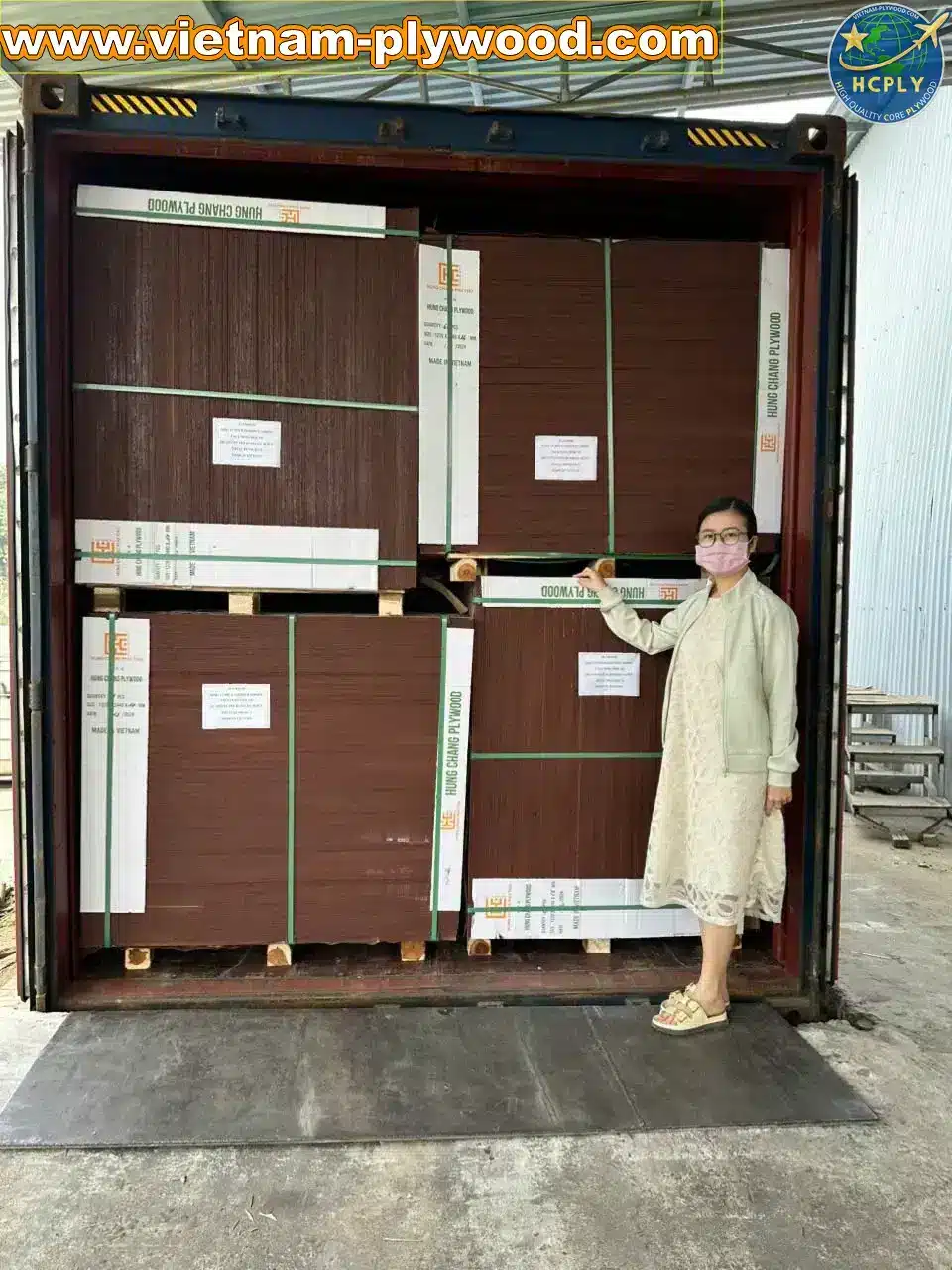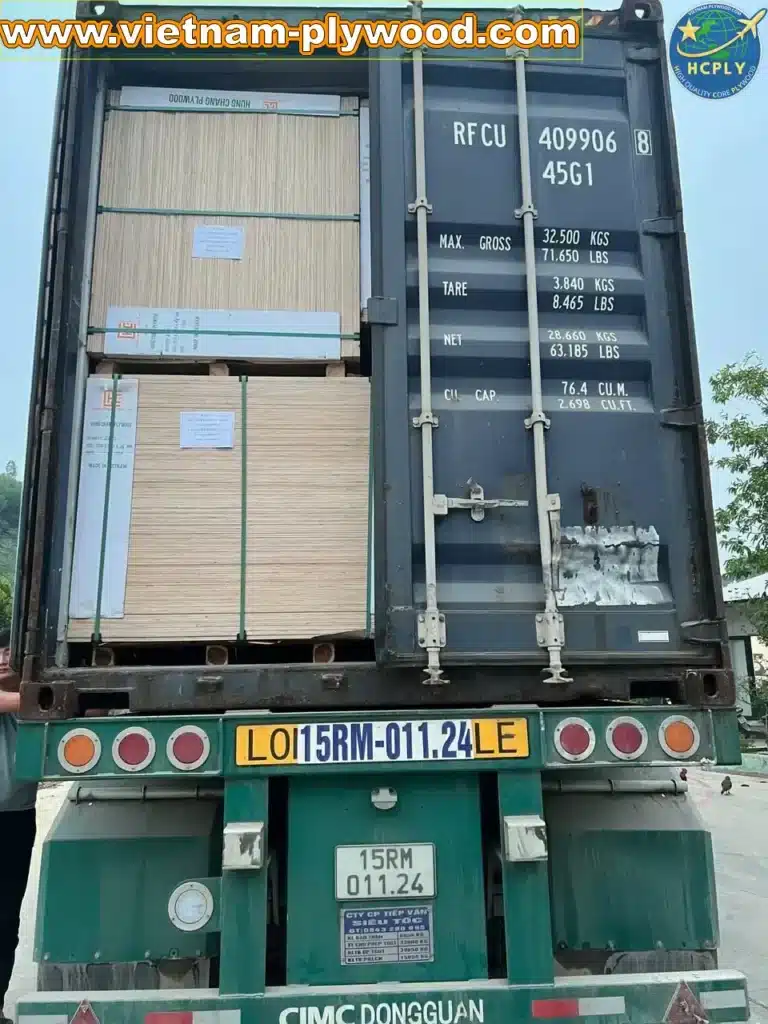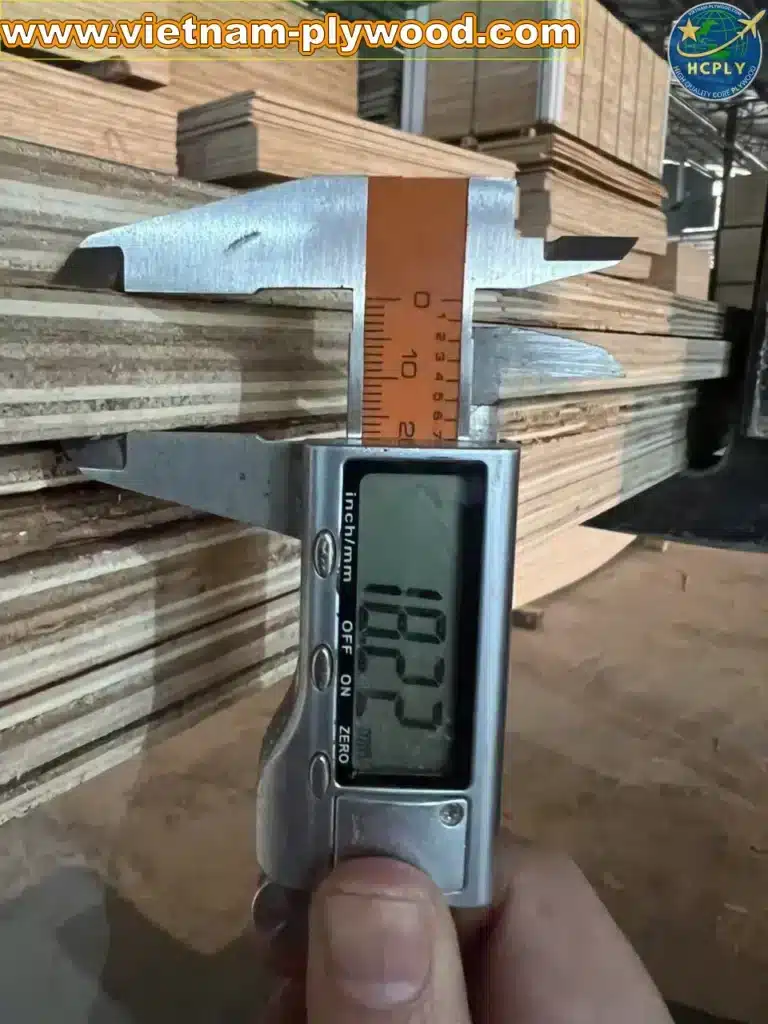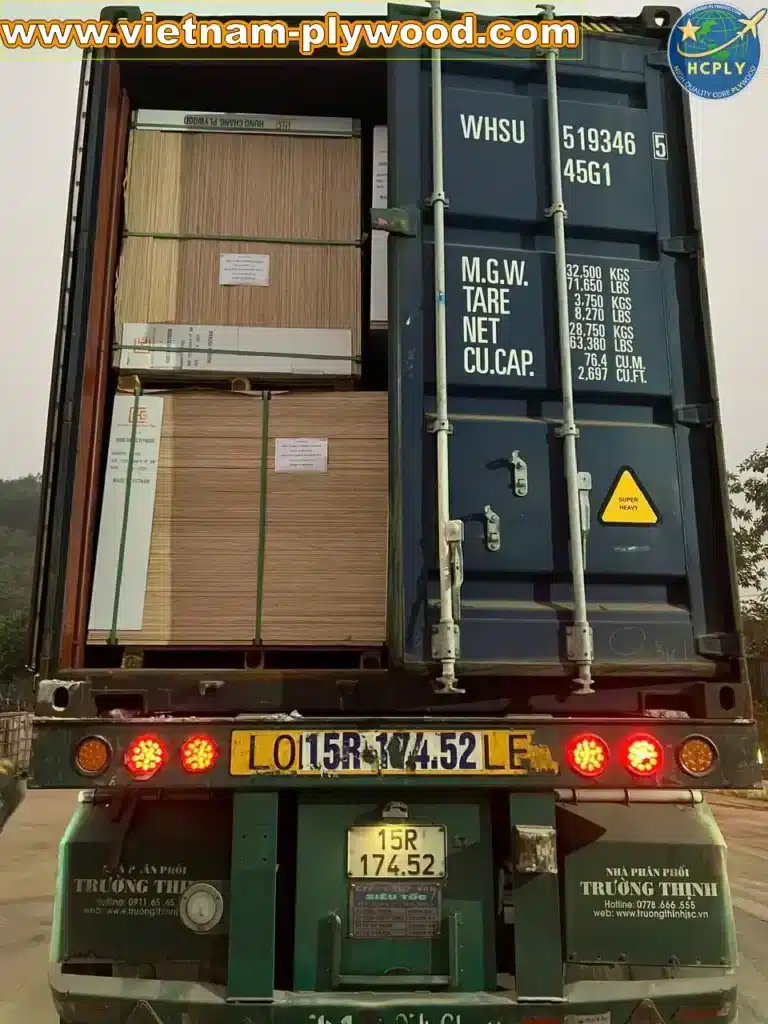What Documents Are Needed for Plywood Import?


📄 Complete Guide to Plywood Import Documents – Everything You Need to Know
Hello, it’s Lucy from HCPLY – Vietnam Plywood Manufacturer & Supplier!
If you are planning to import plywood from Vietnam, preparing the correct plywood import documents is one of the most important steps in your buying journey.
Even a small mistake in documentation can lead to delays at customs, higher costs, storage fees, or even the shipment being returned.
This comprehensive guide will help you understand every document involved, why it is important, and how to prepare it correctly — so your plywood shipment clears customs without problems.
1️⃣ Commercial Invoice & Packing List – The Foundation of Plywood Import Documents
These two documents are the starting point for every plywood shipment.
Commercial Invoice
- Contains product details: plywood type, HS code, grade, thickness, size, quantity, and price per unit.
- Includes total invoice value, trade terms (FOB, CIF, CFR), payment terms, and shipment date.
- Must match your purchase order exactly to avoid customs clearance delays.
Packing List
- Details how the plywood is packed: number of pallets, sheets per pallet, net weight, gross weight, and package dimensions.
- Lists packaging type (bundles, pallets, crates) and any special markings for identification.
- Essential for port handling and warehouse inventory control.
Tip: These two plywood import documents should be checked line-by-line before the shipment departs Vietnam.
2️⃣ Bill of Lading (B/L) or Air Waybill (AWB) – Proof of Shipment
The Bill of Lading is one of the most critical plywood import documents for releasing your goods.
- Bill of Lading (Sea Freight) – Issued by the shipping line; includes vessel name, voyage number, container number, seal number, and loading/unloading ports.
- Air Waybill (Air Freight) – Used for urgent plywood shipments; includes flight number, date, and cargo tracking.
Why It’s Important:
Without the correct B/L or AWB, customs authorities cannot release your goods, and you may incur demurrage charges.
3️⃣ Certificate of Origin (CO) – Save on Import Duties
A CO proves the country of origin of your plywood.
It is issued by the Vietnam Chamber of Commerce and Industry (VCCI) or authorized bodies.
Common CO Forms in Plywood Trade
- Form AI – For ASEAN–India Free Trade Agreement
- Form E – For China–ASEAN Free Trade Agreement
- Form D – For ASEAN Trade in Goods Agreement
Why You Need It:
The correct CO can help you benefit from preferential tariffs, saving thousands of dollars in import duty.
4️⃣ Quality & Compliance Certificates – Meeting Market Standards
Depending on your importing country, these plywood import documents may be required:
- Fumigation Certificate – Confirms plywood has been treated to kill insects and pests.
- Phytosanitary Certificate – For countries that require proof of pest-free wood products.
- CARB P2 / E0 / E1 Formaldehyde Test Reports – Needed in markets with strict indoor air quality laws.
- FSC / PEFC Certificates – Confirms that the plywood is sourced from responsibly managed forests.
- EN Standards Compliance – For European buyers requiring EN 13986 or EN 636 compliance.
Tip: Always request these in advance so they are ready before shipment.
5️⃣ Insurance Certificate – Protecting Your Cargo
If your shipment is under CIF terms, an insurance certificate must be part of your plywood import documents.
- Specifies coverage details for loss, theft, or damage during transit.
- Includes policy number, insurance amount, and coverage period.
Pro Tip: Even if you use FOB terms, consider arranging marine cargo insurance for added protection.
6️⃣ Proforma Invoice & Sales Contract – Agreement Before Production
Before your plywood order is produced, two key plywood import documents must be confirmed:
- Proforma Invoice – States product details, pricing, and payment terms.
- Sales Contract – A legally binding agreement that outlines quality standards, delivery schedules, and penalties for delays.
7️⃣ Additional Documents You May Need
- Inspection Certificate – Issued by third-party inspectors like SGS or BV to verify quality before shipment.
- Weight & Measurement Certificate – Required by some customs authorities.
- Import Permit – In certain countries, plywood importers must hold a valid import license.
✅ Final Tips from Lucy
- Double-check all plywood import documents for spelling errors, incorrect HS codes, or mismatched data.
- Keep both digital and hard copies ready before the shipment arrives.
- Work with an experienced Vietnam plywood exporter who can prepare and review your documentation to avoid costly mistakes.
If you want a smooth import process with all plywood import documents prepared perfectly from day one,
📩 Contact me via WhatsApp: +84-975807426 or Email: [email protected].





